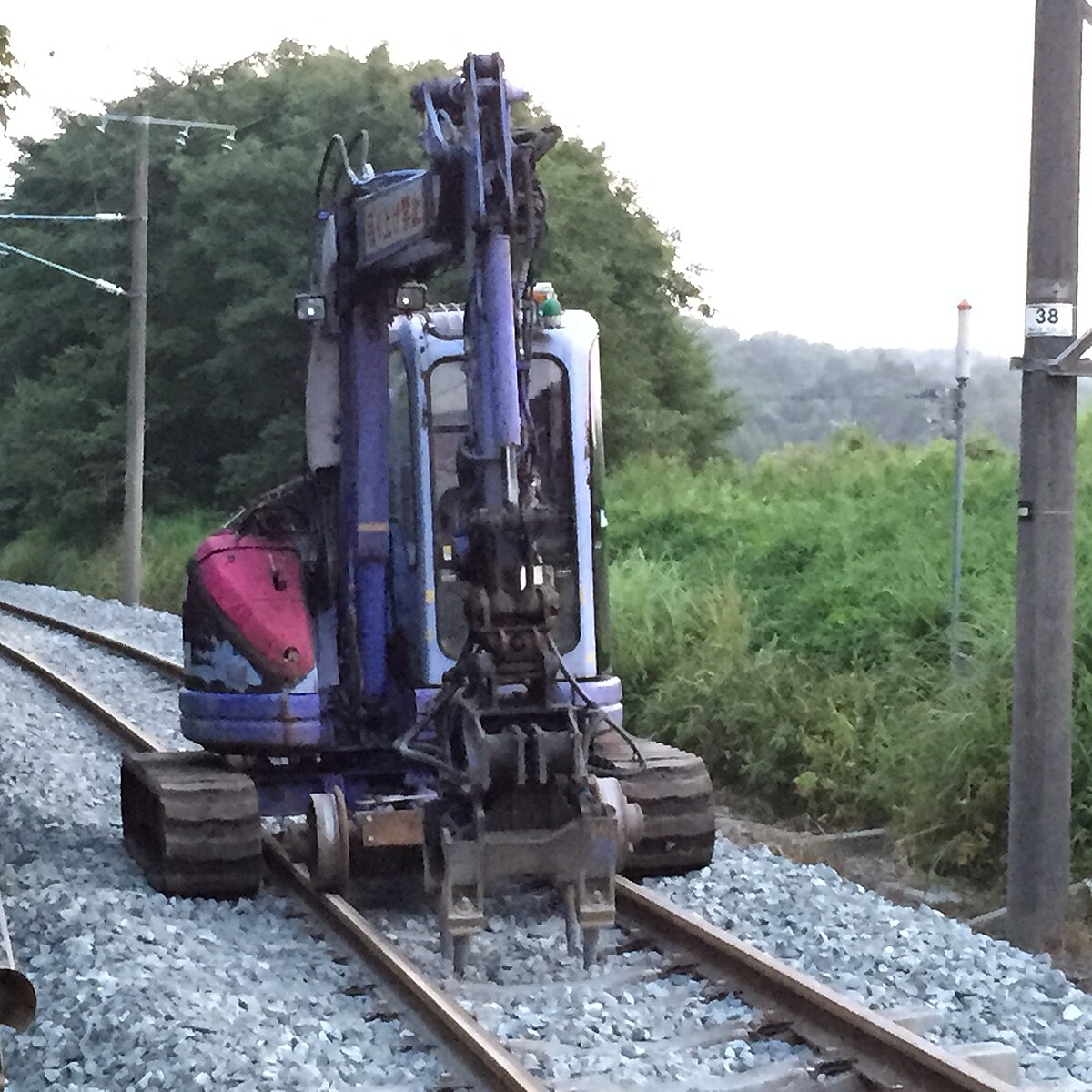As I skimmed through some of the older posts I found one regarding transportation and the need for trains to move large amount of materials or people. So I wondered, if I needed to move say 10 semi-trailers worth of materials 400 miles over a major interstate, what security precautions would I need
I say move the shipments randomly, gun trucks, ultralights flying ahead as scouts mounted on the trailers using the moving truck as a launch platform and some sort of bulldozer lead truck to clear roadblocks.
A major convoy of 20+ large, heavy vehicles with major firepower and air support would be hard to stop, assuming it was a bull rush, where defenders would clear the path as the transports run full bore regardless, mad max style.
Or would running rail tracks over the interstate be better Seems railroad cars are easier to stop then a mobile convoy...
I say move the shipments randomly, gun trucks, ultralights flying ahead as scouts mounted on the trailers using the moving truck as a launch platform and some sort of bulldozer lead truck to clear roadblocks.
A major convoy of 20+ large, heavy vehicles with major firepower and air support would be hard to stop, assuming it was a bull rush, where defenders would clear the path as the transports run full bore regardless, mad max style.
Or would running rail tracks over the interstate be better Seems railroad cars are easier to stop then a mobile convoy...

 . I would only do the latter if you have rigorously scouted the area around a potential overnight base.
. I would only do the latter if you have rigorously scouted the area around a potential overnight base.

Comment